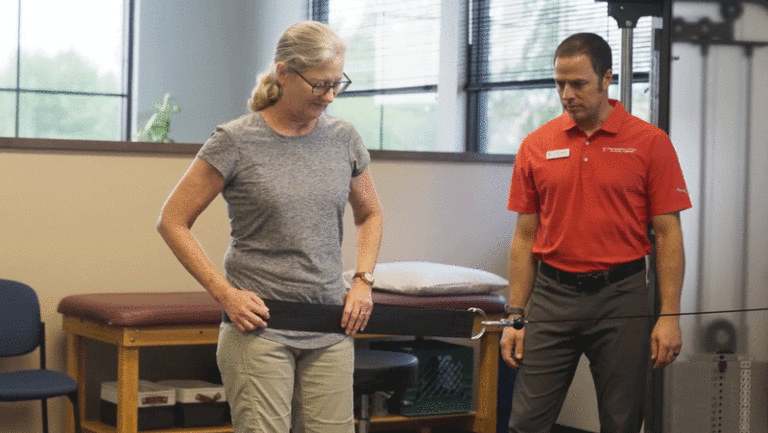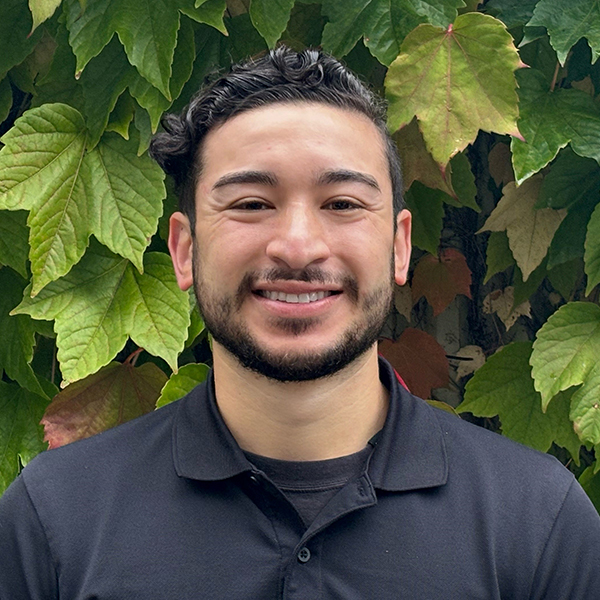Understanding Muscle Soreness:
In general, we can say that it is not atypical to experience muscle soreness after strength training. You may be experiencing delayed onset muscular soreness (DOMS). This may occur around 24-48 hours (about 2 days) after intense rigorous activity or exercise. DOMS typically resolves within a week. However, DOMS may occur more frequently if you are not allowing enough time for your body to recover before performing an exercise program again.
Soreness one day after exercise is nothing to be alarmed about but rather should be used as a tool to help you distinguish if the activity you are doing is too much for you at that time. If you are exercising and never sore, then that might indicate the exercises are too easy and you need to progress them. If you are always sore, the exercises you are performing might be too intense, and/or you are not allowing enough time for your body to recover.
Managing Muscle Soreness with Osteoporosis:
- Start slow and prioritize proper form over heavy weights. Begin with low-weight, low-rep exercises, gradually increasing intensity as your body adapts.
- Listen to your body. Soreness one day after exercise is normal, but persistent soreness could indicate overexertion. Adjust your workout intensity accordingly.
- Incorporate modifications into your routine to alleviate soreness. Bodyweight exercises, gentle stretching, and slower-paced workouts can be gentler on your muscles while still providing effective strength training.
Special Considerations for Osteoporosis:
With severe osteoporosis, you may experience more soreness than those without this condition. This is true especially if your muscles are weak and lack the strength to support your joints through movement thus causing aching and soreness.
This also may be due to muscle spasms that can occur due to the foraminal narrowing as revealed in your MRI. Your radicular symptoms/pain may be contributing to the increase in muscle soreness that you are experiencing due to muscle guarding that occurs around joints and bones due to nerve compression in or around the spine. It is possible that performing too intense exercises with concurrent muscle guarding can lead to an increase in lingering muscle soreness.
Remember, muscle soreness is a natural part of the strength training process, especially for individuals managing conditions such as severe osteoporosis. By listening to your body, making gradual adjustments, and seeking guidance from your healthcare provider, you can navigate this discomfort and continue progressing toward your fitness goals.

Additional Resources

Start your PT journey today.
Even if you have not been diagnosed with osteoporosis, there are things you can do to address your risk factors. A physical therapist can help you with choosing and performing a healthy exercise routine optimized for your body.



